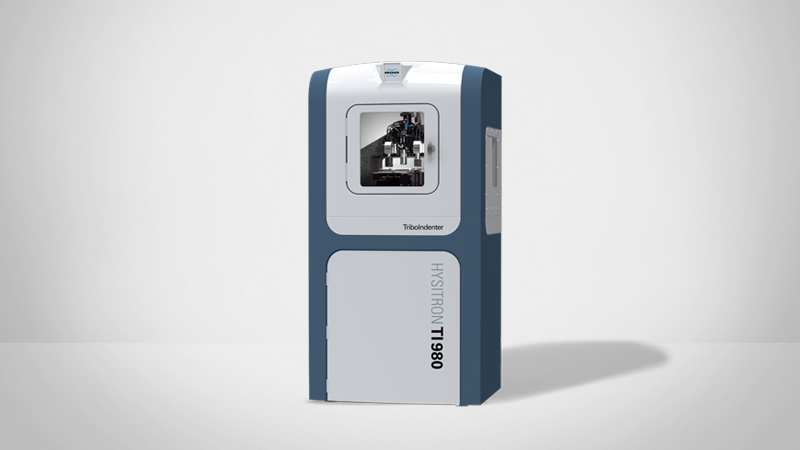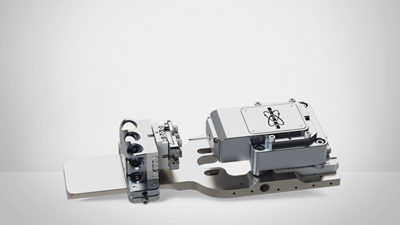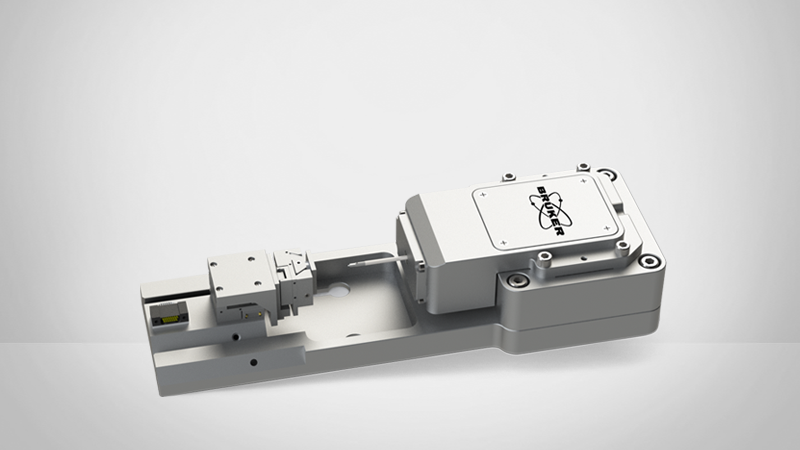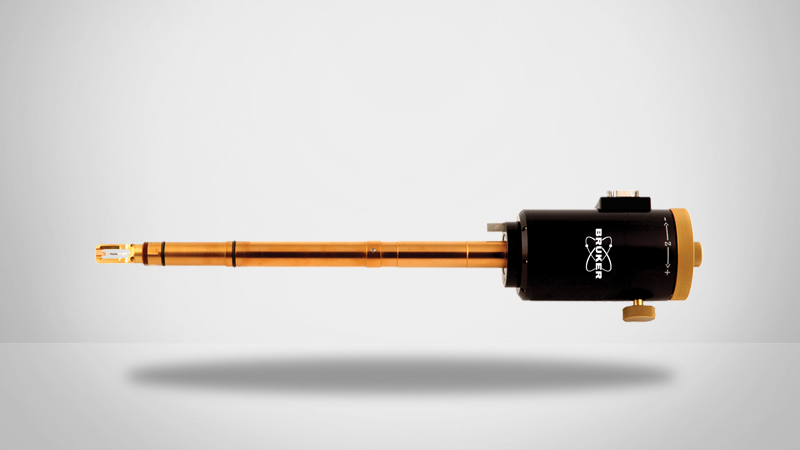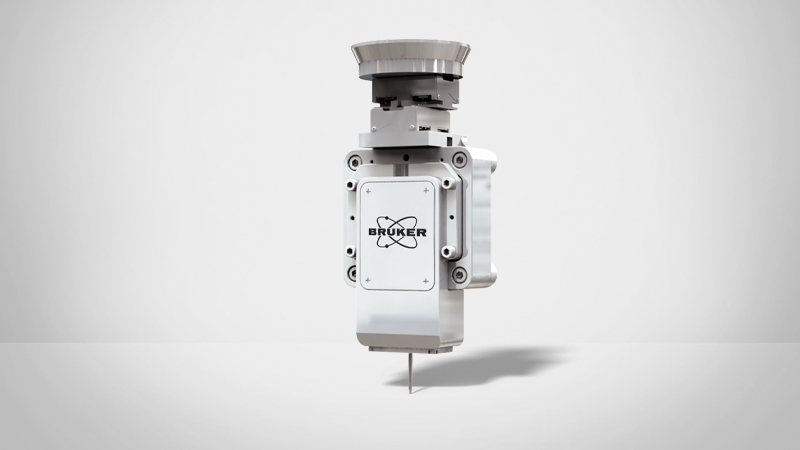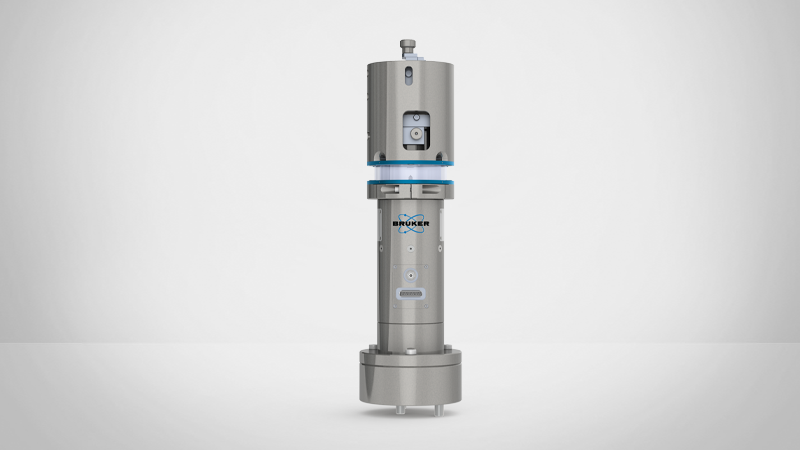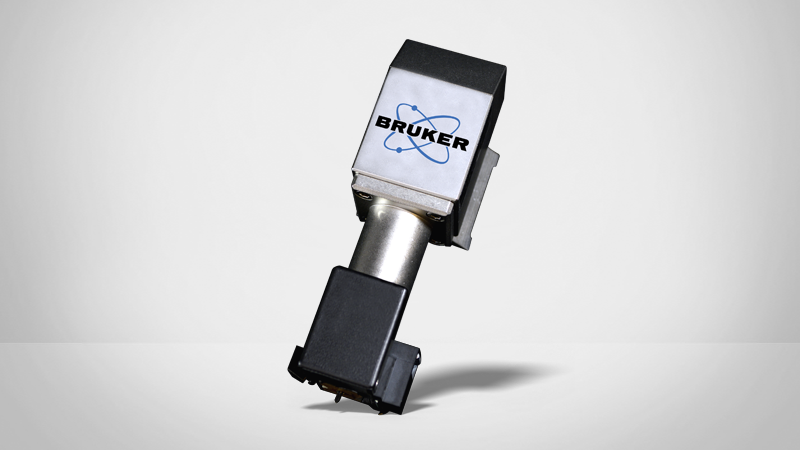Nanomechanical Testing Journal Club
Top articles using Bruker's Nanomechanical Testing technology delivered direct to your inbox
Our Journal Club is meant to be a helpful tool that keeps you up-to-date on the newest in nanomehcanical testing research and to assist you in discovering articles you may have missed.
Members of our nanomechanical testing Journal Club receive brief reviews of select papers and direct links to the full article.
OTHER ARTICLES RECENTLY REVIEWED INCLUDE:
- 4D Printing of Shape Memory Polymers: From Macro to Micro by Joachim P. Spatz and Eva Blasco | DOI: 10.1002/adfm.202110580
- Nano- to macro-scale structural, mineralogical, and mechanical alterations in a shale reservoir induced by exposure to supercritical CO₂ by Mehdi Ostadhassan et.al. | DOI: 10.1016/j.apenergy.2022.120051
- Correlations of Composition, Structure, and Hardness in the High-Entropy Alloy System Nb–Mo–Ta–W by Bin Xiao et.al | DOI: 10.1007/s44210-022-00007-3
... and many more.
